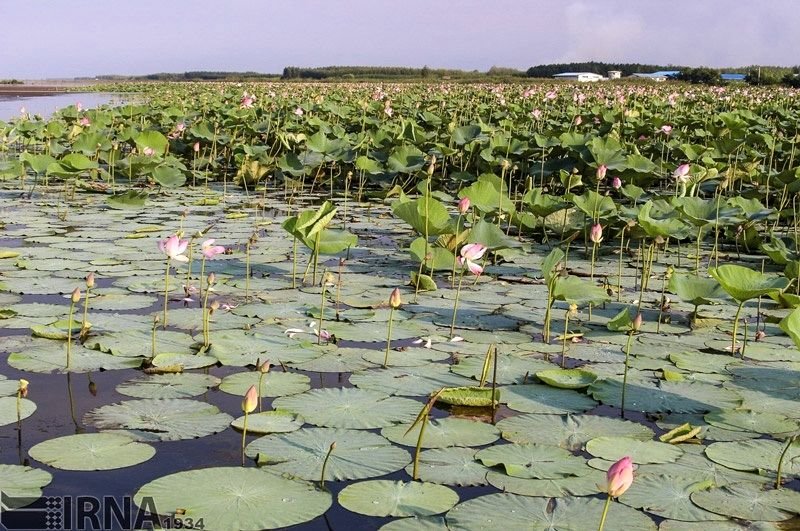$215m to be earmarked for Anzali wetland nano bioremediation

TEHRAN – A total budget of 9 trillion rials (nearly $215 million) will be allocated to implement a scheme on restoration of the endangered Anzali wetland in northern province of Gilan by removing contaminants using domestic bioremediation nano-technology, ISNA reported on Wednesday.
Bioremediation is a process used to treat contaminated water, soil and subsurface material, by altering environmental conditions to stimulate growth of microorganisms and degrade the target pollutants. In many cases, bioremediation is less expensive and more sustainable than other remediation alternatives.
The scheme was proposed by researchers at Isfahan Science and Technology Town and approved by the Department of Environment, so a memorandum of understanding has been signed to revive the wetland.
Amid all the contaminations increasing in the wetland for a long period of time, minerals play a major role in causing severe threats to the regions biodiversity, thus the wetland undergone numerous environmental problems, Mehdi Abtahi director of Isfahan Science and Technology Town said.
Sediments, caused by wastewater, creates a thick layer of organic and mineral materials on the wetland’s surface water, which will be separated and removed by nanomaterials, he added.
He further noted that in order to evaluate the method’s efficiency, a committee comprising of various universities nationwide is established.
He also highlighted that the pilot scheme already has been started on 1,200 hectares of the wetland, and it is planned to be carried out on some other 12,000 hectares.
As per the aforementioned memorandum of understanding about 9 trillion rials (nearly $215 million) is allotted to the project, he added.
Covering more than 19,000 hectares, the wetland is located near the northern port city of Bandar Anzali, neighboring the Caspian Sea. The wetland was designated as a Ramsar site on June 23, 1975. It is fed by several rivers and separated from the Caspian Sea by a dune system. The lagoon is home to submerged and floating vegetation and also extensive reed beds. It bears international importance in terms of breeding, staging and wintering water birds.
In September 2018, Mustafa Kiakojouri, the budget office director of the DOE, regretted that over the past few years, water level has decreased from 11 meters to 3 meters in the wetland.
Environmentalist Mohammad Amin Ma’soumi said in April 2018 that some 150,000 tons of waste was produced and dumped in Bandar Anzali every day which lead to entering of some 90,000 liters of leachate to underground waters and the wetland.
Also in June 2018, Masoud Baqerzadeh, the deputy environment chief for the wetlands, said there were some 105 wetlands in Iran, stretching 3 million hectares of lands, of which about 1.3 million hectares were affected by drought, leading to the total dryness of some 60 wetlands, ILNA reported.
Saeed Pourali, professor of cross-cultural environment management at the Phoenix University Excessive, told Khabaronline in July last year that groundwater and surface water withdrawals, along with continuous droughts, has reduced groundwater levels, resulting in depletion of rivers, lakes and wetlands.
He also added that in addition to climate change, lack of proper use of modern sciences coupled with lack of attention to warnings by officials about water shortage have aggravated the situation.
FB/MQ/MG
